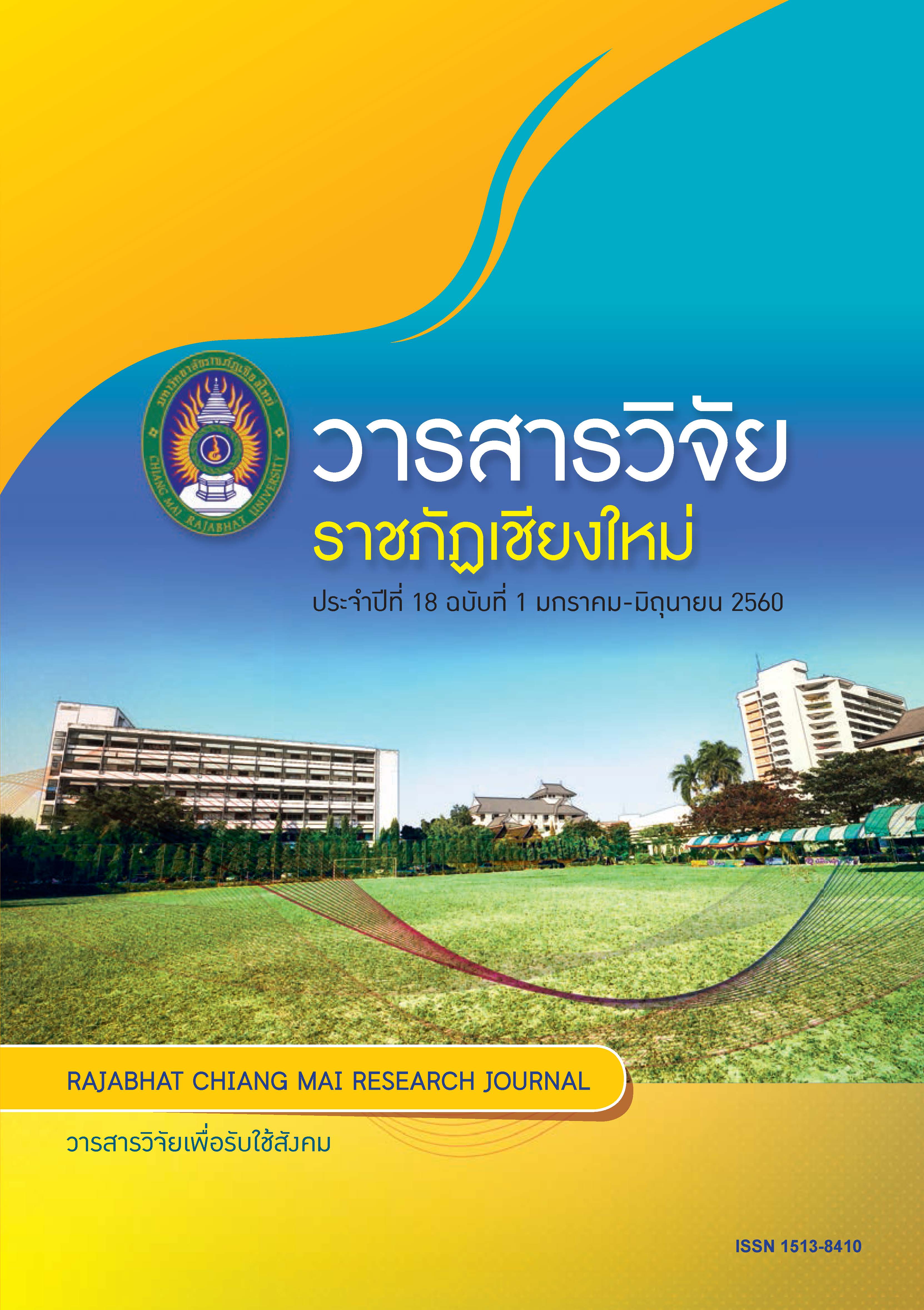Test of cortisol levels that affect the stress of indigenous hens (Gallus gallus domesticus) in various local breeding patterns
DOI:
https://doi.org/10.14456/rcmrj.2017.213873Keywords:
Stress level, Gallus gallus domesticus, Cortisol, Pen mating, Advance matingAbstract
This research aims to study and compare stress level caused by various mating models of indigenous hens (Gallus gallus domesticus) by using cortisol hormone as indicator. The study was conducted by classifying native hens into 4 groups with 5 hens per group as follows: Group 1: Control Group; Group 2: Hens fed in normal condition and injected with Adrenocorticotropic hormone (ACTH) in the rate of 50 I.U./hen; Group 3: Hens fed in normal condition with pen mating; Group 4: Hens fed in normal condition with advance mating after injecting with ACTH and mating with 8 times of blood drawing in every 1 hour. Blood obtained from 4 groups was analyzed in order to find cortisol by using Competitive ELISA Enzyme immunoassay. The results showed that duration of blood storage and control group had influence on difference of cortisol hormone level with statistical significance (p = 0.000). Duration of hourly blood storage had different cortisol hormone levels with statistical significance (p = 0.025), whereas, cortisol hormone level was changed clearly at the 4th hour and the 5th hour (p = 0.027). According to the results on stress caused by mating model against native hens, it was found that Group 3 spent the average duration of hatching for 21 days while Group 4 spent the average duration of hatching for 20 days and the weight of eggs of Group 3 and 4 was different with statistical significance (p = 0.00). For Group 3, there were hatching eggs by 86% and non-hatching eggs by 14%. For Group 4, there were hatching eggs by 68% and non-hatching eggs by 32%. For the color of native hen eggs of both groups, it was found that color of egg shell depended on hen’s breed.
Downloads
References
พิพัฒน์ สมภาร และนัสรุน เฉลิมศิลป์. 2557. ความเข้าใจแบบรูปพฤติกรรมของไก่ชนเพื่อการประเมินสวัสดิภาพ. วารสารวิทยาศาสตร์และเทคโนโลยี. 22(4), 515-522.
ภุชงค์ วีรดิษฐกิจ และไพโชค ปัญจะ. 2558. อิทธิพลของการเสริมใบมะรุมผงในอาหารไก่ไข่ต่อสมรรถภาพการผลิตและคุณภาพไข่. วารสารวิทยาศาสตร์และเทคโนโลยี. 23(2), 293-305.
Brown, J., Walker, S. and Steinman, K. 2004. Endocrine manual for the reproductive assessment of domestic and nondomesticspecies. 2nd edition. USA: Smithsonian institution.
Kaplan, N. M. 1992. The adrenal gland. Textbook of endocrine physiology. 2nd edition. New York: Oxford University Press, Inc. 247-274.
Lay, D. C. et al. 1996. Adrenocorticotropic hormone dose response and some physiological effects of transportation on pregnant Brahman cattle. Journal of Animal Science. 74(8), 1806-1811.
Sapolsky, R. M., Romero M. L. and Munck. A. U. 2000. How do glucocorticoids influence stressresponses Integrating permissive, suppressive, stimulatory, and preparative actions. Endocrinology Reviews. 21(1), 55-89.
Squires, E. J. 2003. Applied Animal Endocrinology. UK: CABI Publishing.
Joshi, P. C., Panda, B., and Joshi, B. C. 1980. Effect of ambient temperature on semen characteristics of White Leghorn male chickens. Indian Veterinary Journal. 57(1), 52-56.
McDaniel, C.D., Bramwell, R. K. , Wilson, J. L. , and Howarth, B. 1995. Fertility of male and female broiler breeders following exposure to an elevated environmental temperature. Poult. Sci. 74(6), 1029-1038.
Downloads
Published
How to Cite
Issue
Section
License
1. Articles, information, content, images, etc published in the “Community and Social Development Journal” are copyrighted by the Community and Social Development Journal, Chiang Mai Rajabhat University. In order to properly distribute the articles through print and electronic media, the authors still hold the copyright for the published articles under the Creative Commons Attribution (CC BY) license, which allows the re-distribution of the articles in other sources. References must be made to the articles in the journal. The authors are responsible for requesting permission to reproduce copyrighted content from other sources.
2. The content of the articles appearing in the journal is the direct responsibility of the article authors. The editorial board of the journal does not necessarily agree with or share any responsibility.














